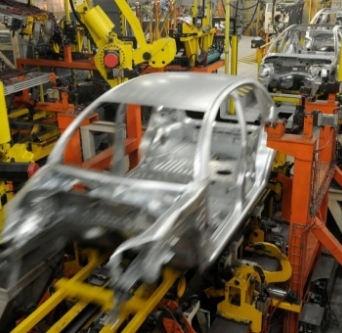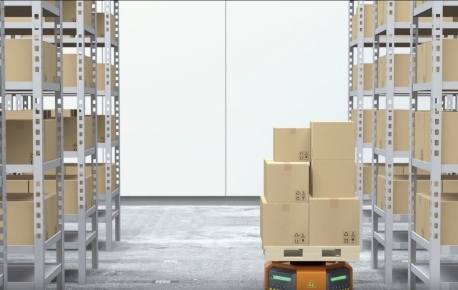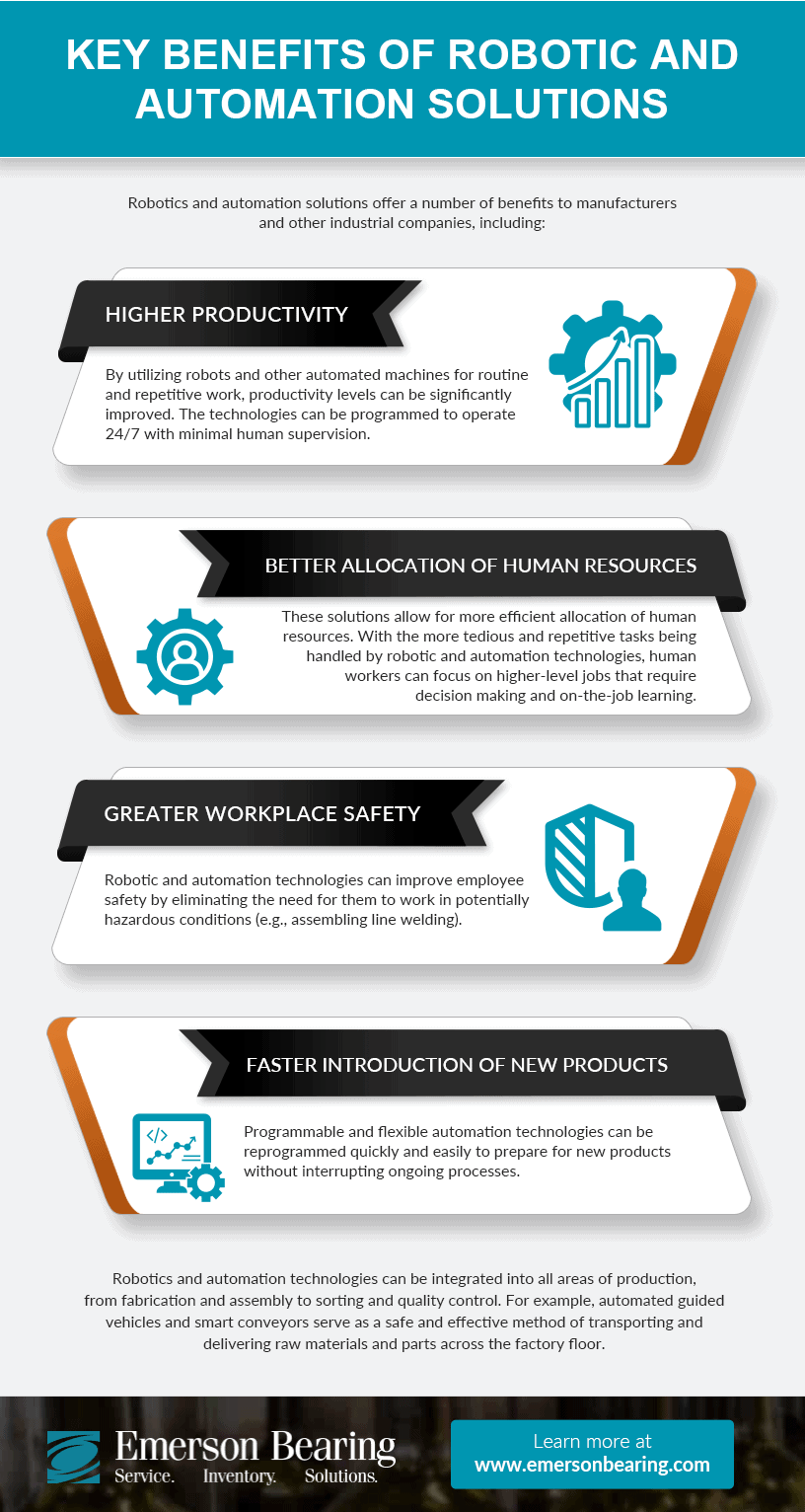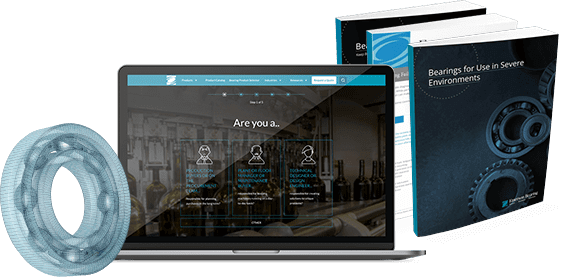Overview of Robotics and Automation
Robotic and automation solutions combine mechanical components with control systems to complete processes and operate machines with little to no human assistance. Early forms of these technologies were used to perform relatively basic functions, such as pick-and-place operations and assembly line welding. However, over the past 40 years, rapid technological advancements have expanded the scope of what can be automated.
Robotic and automation technologies now play an integral role in a variety of industrial applications and processes, ranging from manufacturing to finishing to assembly. By integrating them into production operations, manufacturers can increase product quality, resource efficiency (e.g. raw materials, energy, and employees), and manufacturing flexibility, all of which improve overall productivity and profitability.
Key Benefits of Robotic and Automation Solutions
Robotics and automation solutions offer a number of benefits to manufacturers and other industrial companies, including:
Higher Productivity
By utilizing robots and other automated machines for routine and repetitive work, productivity levels can be significantly improved. The technologies can be programmed to operate 24/7 with minimal human supervision.
Better allocation of human resources
These solutions allow for more efficient allocation of human resources. With the more tedious and repetitive tasks being handled by robotic and automation technologies, human workers can focus on higher-level jobs that require decision-making and on-the-job learning.
Greater Workplace Safety
Robotic and automation technologies can improve employee safety by eliminating the need for them to work in potentially hazardous conditions (e.g. assembling line welding).
Faster Introduction Of New Products
Programmable and flexible automation technologies can be reprogrammed quickly and easily to prepare for new products without interrupting ongoing processes.
Robotics and automation technologies can be integrated into all areas of production, from fabrication and assembly to sorting and quality control. For example, automated guided vehicles and smart conveyors serve as a safe and effective method of transporting and delivering raw materials and parts across the factory floor.
Bearing Solutions for Production and Warehouse Automation
At Emerson Bearing, we provide a variety of bearing solutions for production and warehouse automation applications, including:
 Linear motion systems
Linear motion systemsLinear motion systems
These products offer high load capacity and long travel life in applications requiring single-direction motion. They are available in metric and inch series and constructed from chrome or stainless steel to fit most linear motion applications.
Learn More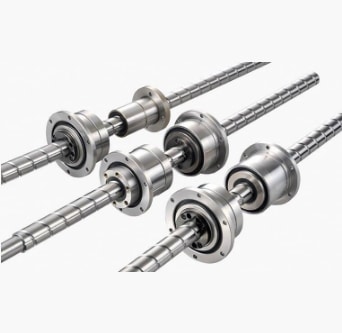
 Super precision bearings
Super precision bearingsSuper precision bearings
These chromium steel or stainless steel bearings feature controlled end play and radial runout, which allow them to provide more accurate and precise output. They are rated by the Annular Bearing Engineers Committee (ABEC) of the American Bearing Manufacturers Association (ABMA).
Learn More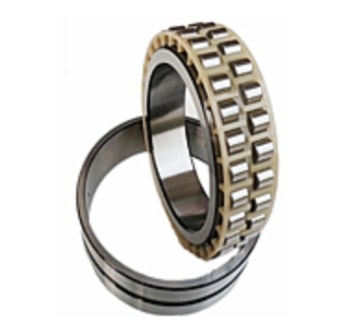
 Cam followers
Cam followersCam followers
These pillow blocks/mounted units support bearings outside of machine enclosures. They are an essential component of automated conveyor systems.
Learn More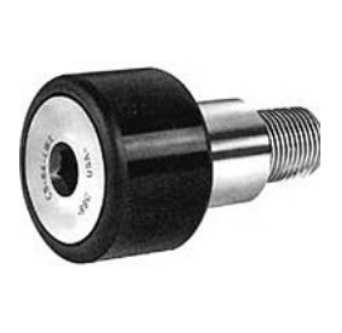
 Rod ends
Rod endsRod ends
These components are used in the articulation joints of robotic arms. They are classified as either male or female, depending on the design of the threading. Male rod ends feature external threads while their female rod ends have internal threads.
Learn More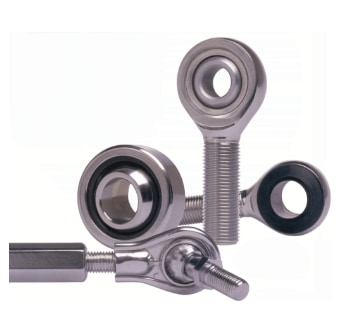
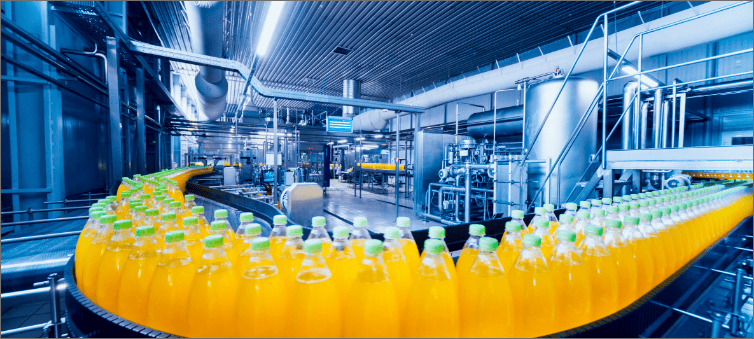
Overview of Linear Motion Bearings
Linear motion bearings are used in single-axis linear movement applications to support the load of the carriage, the component traveling in a straight line. Linear motion bearings act as low-friction surfaces for the guide rails and allow for the precise movement of objects back and forth across an XY plane.
Linear bearings are essential in linear guide assemblies for robotic systems, cutting machines, instrumentation systems, XY positioning tables, and more. Linear motion bearings utilize a motor-driven ball screw, lead screw, actuators, hydraulic cylinders, pneumatic cylinders, or manual force to create single-axis movement. In automation applications, linear motion bearings ensure precise, smooth operation to produce highly accurate and repeatable results, such as in CNC milling machines, sliding doors, 3D printers, and industrial robots.
Linear Motion Bearings in Robotics
Many industries use automation to reduce variability, ensure process repeatability, meet quality standards, and reduce manufacturing costs. Robotic systems allow companies to meet demanding lead times, remain competitive, and make production adjustments by reprogramming the device.
As automation increases, so does the demand for linear motion bearings. Linear motion bearings used in linear robotics provide a versatile solution for many of the challenges manufacturers face. Robots utilizing linear bearings move along single axes at right angles—instead of rotating—for more precise movements. Linear motion bearings make equipment move back and forth, up and down, or in and out. Linear robots often have higher accuracy than those with rotating axes, making them ideal for mundane, repetitive tasks.
Here are the most common uses for linear robotics.
Pick-And-Place
Pick-and-Place
Placing the wrong item in the wrong place is highly likely without automation. High-speed pick-and-place robots can accurately move products from one location to another. Utilizing pick-and-place systems in specific assembly line areas can help improve efficiency and accuracy while preventing workplace injuries.
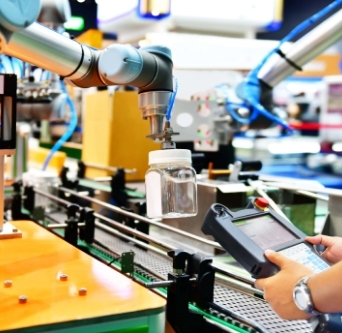
Sorting
Sorting
Linear robots can make the tedious sorting process safer and more efficient. Pairing vision systems with sorting robots can improve consistency and accuracy.
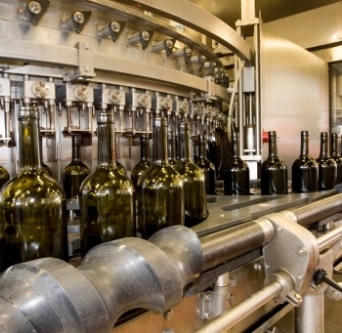
Packaging
Packaging
When linear robots are in place, packaging processes can essentially run non-stop, which would be impossible without automation. Automated packaging solutions can improve turnaround times without needing a third-shift crew.
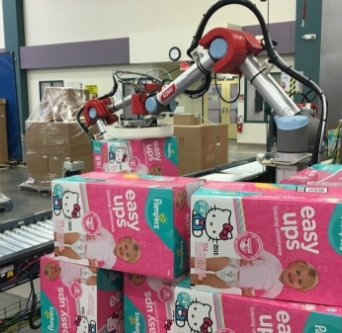
Palletizing
Palletizing
Manually placing items onto a pallet for shipping can be a dangerous, heavy-lifting job for human workers. With robotic automation, a palletizer can put products into a predetermined pattern to create layers of products before placing them on a pallet. Linear palletizing robots can increase safety, productivity, and reliability.
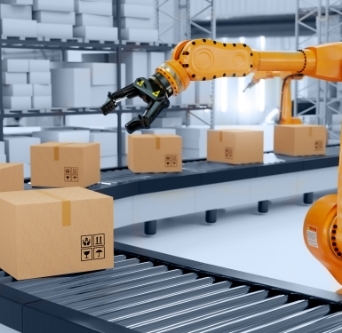
Assembly
Assembly
A linear robotic system can perform many manufacturing processes more accurately, including dispensing, welding, cutting, and assembly. For example, it can be difficult for laborers to make precise cuts or welds on larger items requiring extended reach.
